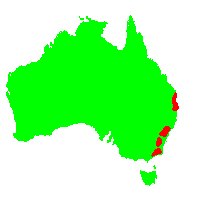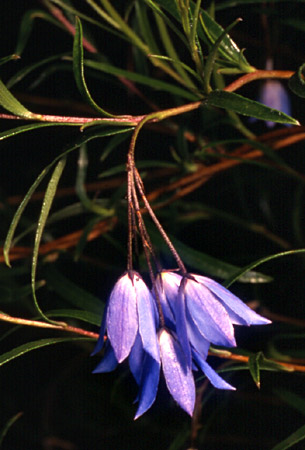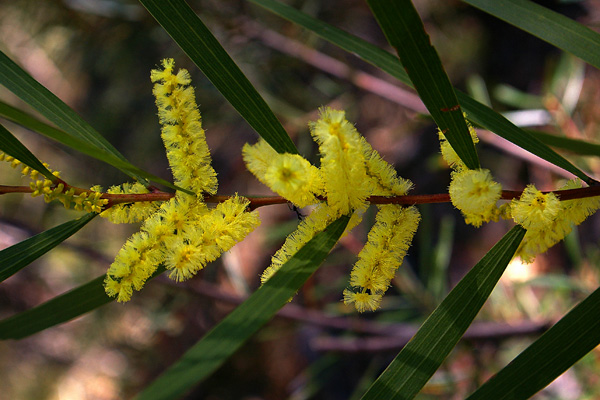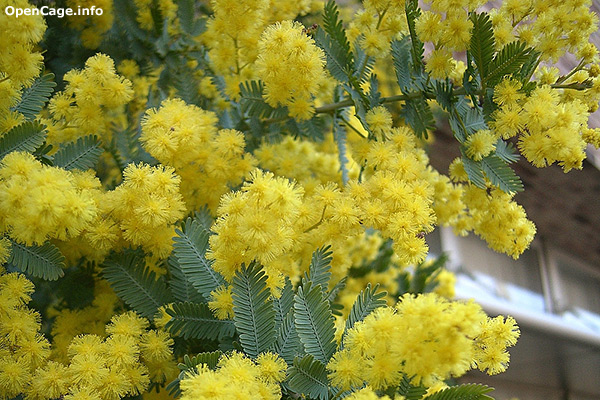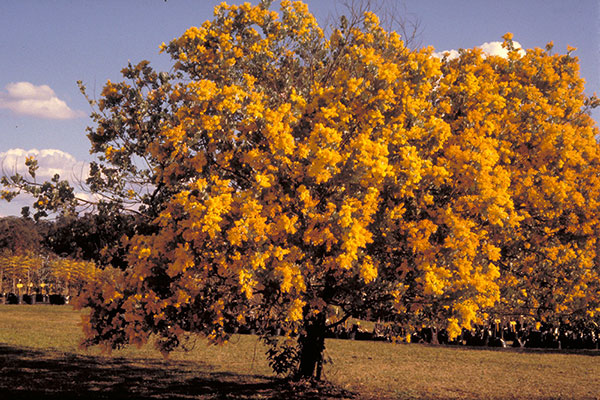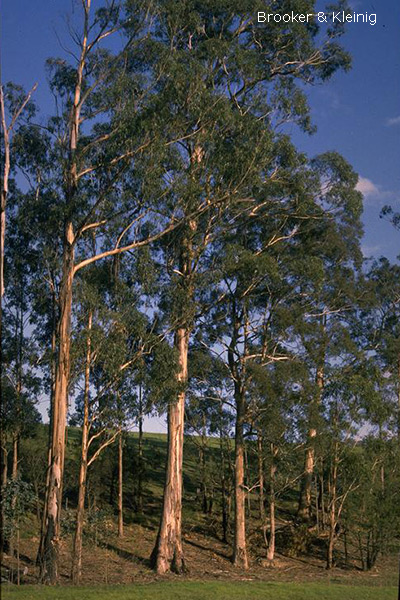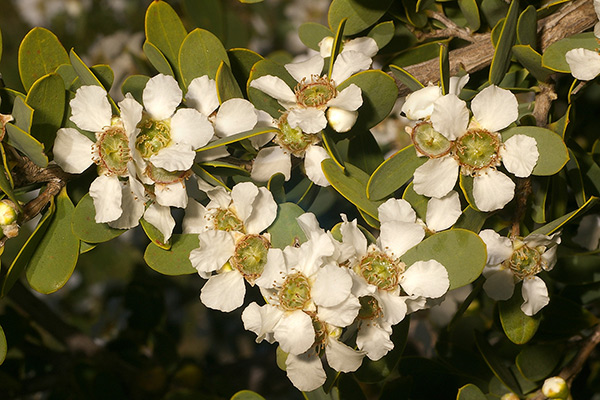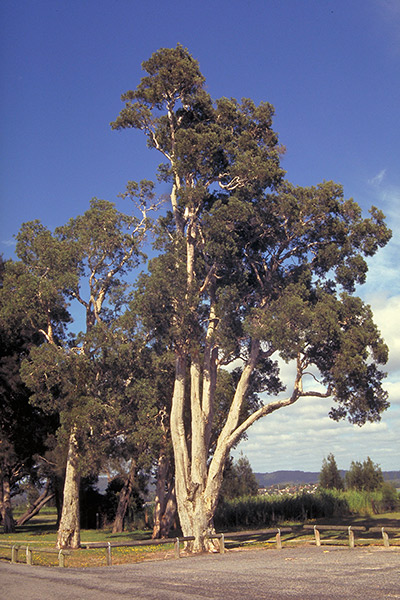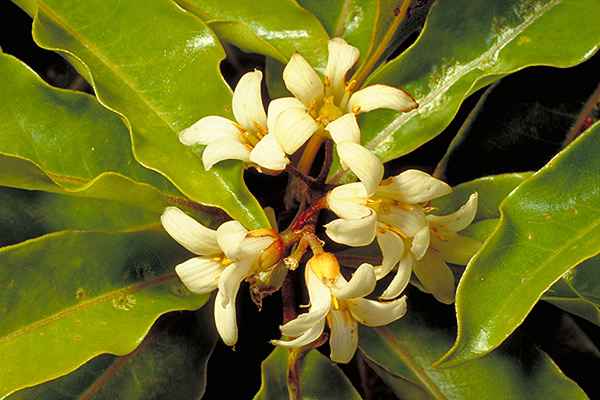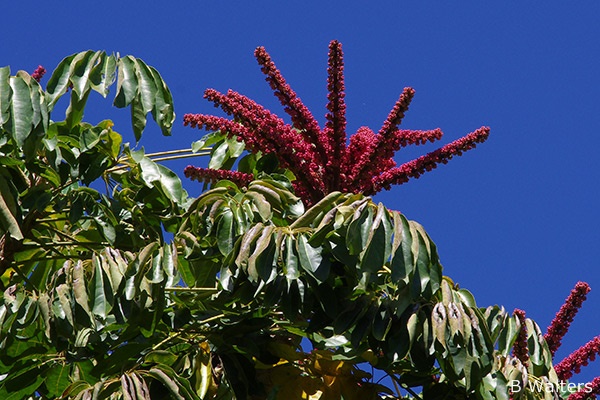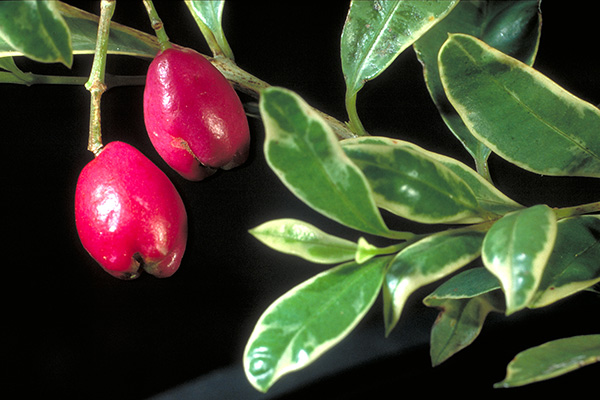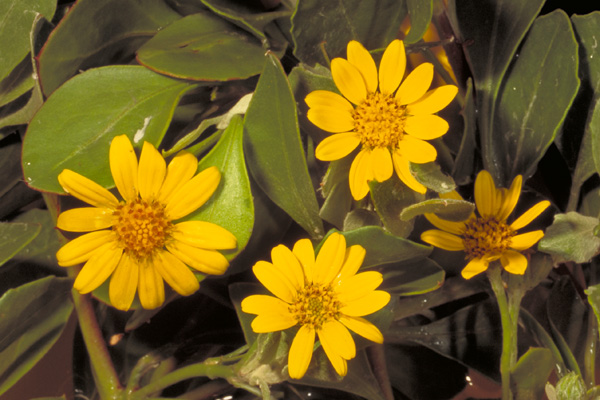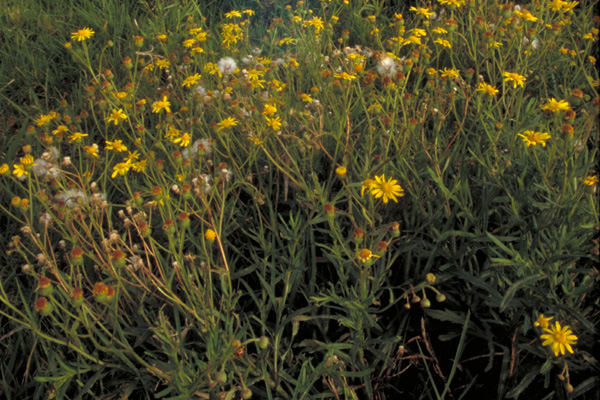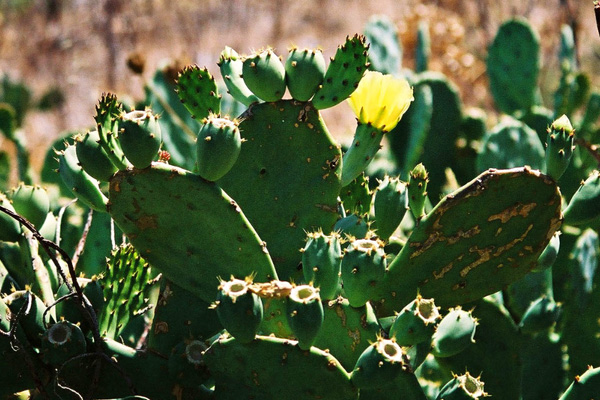General Description:
Philotheca is a genus of about 45 species, all of which occur only in Australia. The genus has been recently increased in number by the transfer of about 39 species from the genus Eriostemon. Transferred species include Philotheca myoporoides which was previously known as Eriostemon myoporoides. Philotheca is closely related to the well-known Boronia, the most obvious distinction being the presence of 4 petals in Boronia and 5 in Philotheca. The leaves are also opposite in Boronia and alternate in Philotheca.
Philotheca myoporoides is the best known member of the genus and is one of the most widely cultivated of all of Australia’s native plants. It has been available in general horticulture for many years and has proven to be a hardy and adaptable garden plant. Nine subspecies are described but only five are currently accepted in the Australian Plant Census (shown in bold below). A tenth subspecies (subsp. queenslandica) has been raised to species status as Philotheca queenslandica;
- subsp.acuta occurs in central NSW.
- subsp. brevipedunculata occurs in southeast New South Wales in the Mt Donovan area of Deua National Park, at Round Hill south of Sassafras, Enchanted Hill north of Williamsdale, and in Little Forest north-west of Milton. It also occurs around Suggan Buggan in Victoria.
- subsp. euroensis occurs only near Euroa in north-east Victoria.
- subsp. myoporoides is the most widespread and occurs in open forests along the Great Dividing Range from just north of Sydney to near Healesville in Victoria. It is the form most commonly grown in gardens.
- subsp. petraea occurs on the summit of Mount Stewart in Victoria.
- subsp. conduplicatus occurs in northen NSW and southern Queensland.
- subsp.epilosa has a restricted occurrence in southern Queensland and in the “granite belt” of north-east of New South Wales.
- subsp. leichhardtii in southeast Queensland in the Glasshouse Mountains, Cania Gorge and Kroombit Tops.
- subsp. obovatifolia occurs near the Queensland/New South Wales border on Mt Barney, Mt Lindesay and Mt Ernest.
The differences between the subspecies are based on variations in foliage, habit, the number of flowers per inflorescence, peduncle length, and the distribution of hairs on the staminal filaments
The typical form in cultivation is a medium shrub to about 2 metres in height with a bushy, dense habit. The branches are “warty” and leaves are oblong to about 100mm in length and are deep, glossy green in colour. The leaves have a strong aroma when crushed due to the presence of volatile oils. The waxy, white flowers are seen from late winter through to late spring and are about 15-20 mm in diameter. This form is most similar to wild populations that occur in the Blue Mountains and along the Nepean and Bargo Rivers and their tributaries.
P.myoporoides is hardy in a range of climates in reasonably well drained soils although is not at its best in tropical areas. It is best grown in a semi shaded position and, once established, the plant can withstand extended dry periods. It is also tolerant of at least moderate frosts. The plant is usually pest free but can sometimes be effected by scale and sooty mould.
In common with most members of the Rutaceae, propagation of P.myoporoides from seed is difficult. Cuttings usually strike readily from current season’s growth but some forms can be slow to form roots. The species has some potential for use as a stock plant for grafting of some of the more difficult to grow members of the Rutaceae.
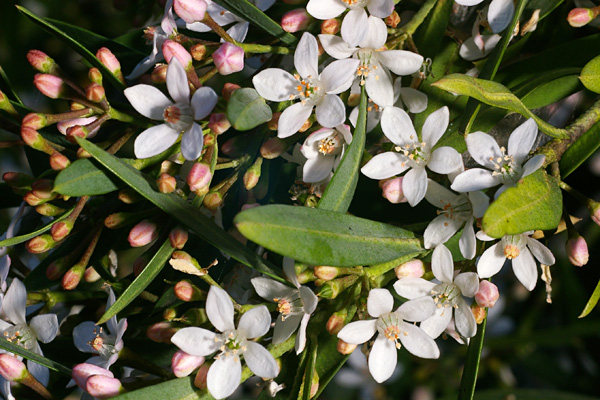
Philotheca myoporoides subsp. myoporoides
Photo: Brian Walters
 Australian Native Plants Society (Australia)
Australian Native Plants Society (Australia)